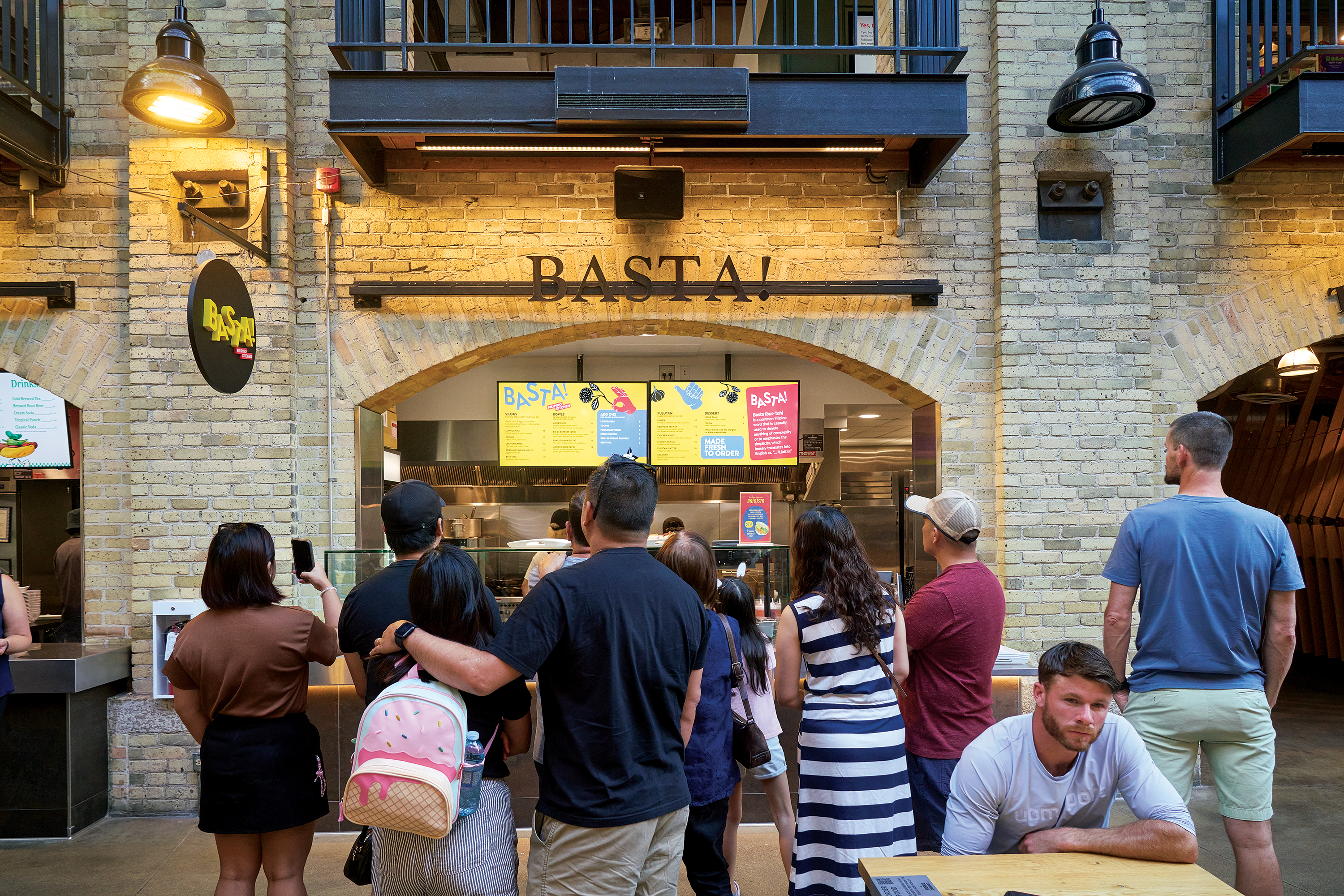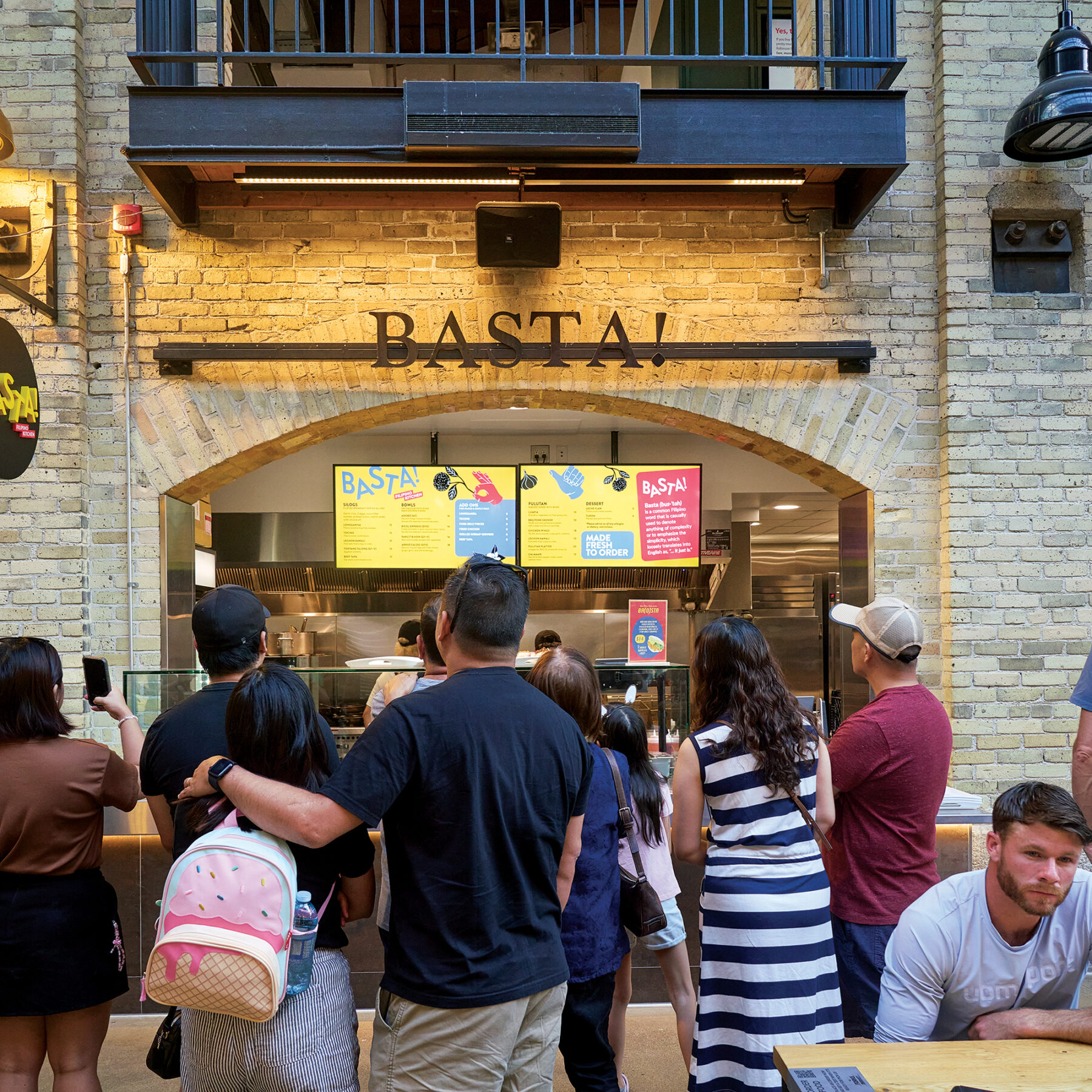One day last December, a queue amassed just ahead of lunch service at Winnipeg’s Basta! Filipino Kitchen. It was opening day for the new quick-service restaurant from chef Norman Pastorin, and it was drawing a crowd. After ordering, instead of taking a seat to wait for the text that their food was ready, the restaurant’s first patrons—almost all Filipino—stood in front of the open kitchen, arms crossed, watching Pastorin cook.
“Filipinos came out as soon as I opened the gate,” Pastorin recalls. “If you closed your eyes, you would think you were in the Philippines. It’s intimidating to see a mob of people in front of you. Waiting in line. Judging looks on their faces. No mercy.”
Over the following months, constructive criticisms were received and processed, like conceding to add sugar to suit the taste of a crowd that found his adobo chicken too tart. Still, the younger generation of Filipino-Canadians embraced Basta. So, too, did non-Filipinos, who now make up the majority of Pastorin’s clientele, each new customer an opportunity to introduce guests not just to the cuisine, but to how it is eaten.
But there was one group who wasn’t feeling the vibe.
People get hung up on authenticity. But travel changed my perception on creating dishes
braden chong
“The criticism I wasn’t prepared for were the things that weren’t about cooking. By older Filipinos, I was criticized for not fully understanding Filipino cuisine because I was born here. I was accused of not knowing how Filipinos eat, for not being fluent in Tagalog. Right to my face,” Pastorin says.
As recently discussed in the New York Times and BBC, third-culture cuisine is a form of cooking that is less dogmatically faithful to a particular region than inspired by it, while being infused by the chef’s lived experience of that place. This may take the shape of fusion—overt mash-ups of Korean and Mexican, or Jamaican and Chinese, or TikTok star Jonathan Kung’s recipes for butter chicken tostada and kimchee tomato sandwiches. More often it is a subtler cultural blend by chefs who are embracing the cuisine of their parents’ or grandparents’ homeland, unafraid to be influenced by modern techniques or local Canadian ingredients. And they’re encountering an unexpected challenge: lack of support from older generations.
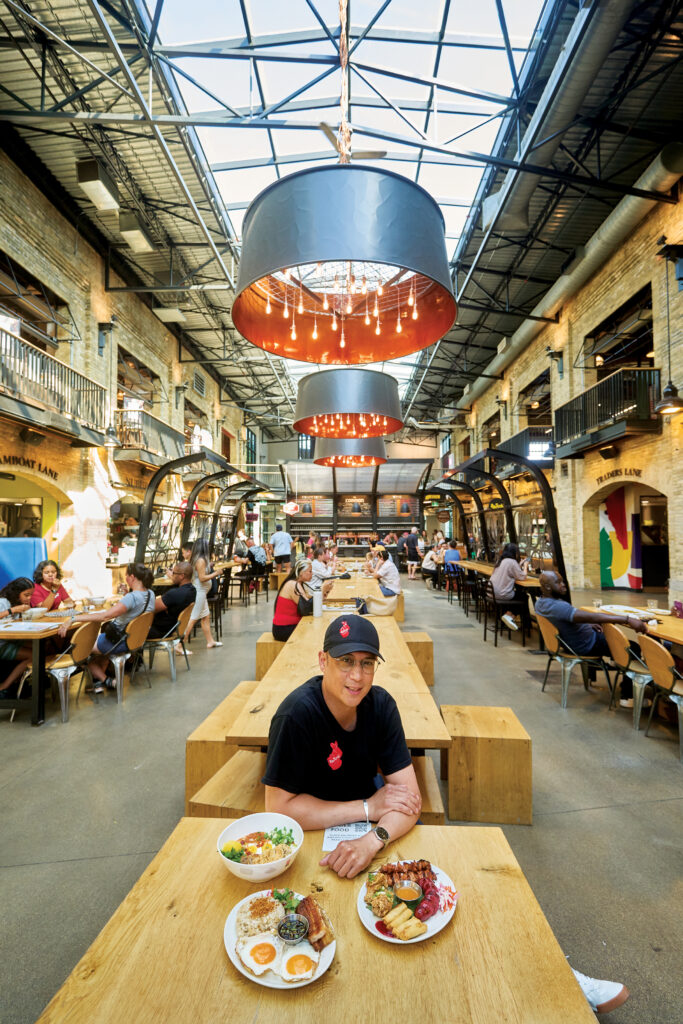
After 20 years in the restaurant industry cooking mostly French fare, Pastorin dug into his family’s roots to develop the menu for Basta. Tapping into a cuisine that had always been part of his home cooking, but not his career, was a challenge—but not as much as navigating a new role as culinary ambassador. Almost 10 per cent of Winnipeg’s population is Filipino, yet culinary segregation persists, with Filipino restaurants almost exclusively patronized by Filipino-Canadians. Opening up a quick-service restaurant at the busiest, most cross-cultural, cross-generational spot in the city meant appeasing a wide audience.
In many ways, Pastorin has been able to do just that. He takes delight in explaining to culinary newbies how Filipino cuisine uses sawsawan—spiced vinegar—to season dishes.
“‘Here’s the move,’” he tells them. “‘Try the meat by itself. Then dip it in the vinegar and see how it changes.’ For the people who have never had Filipino before, it’s our chance to express our hospitality, not just our food. We hope you like it. We hope you like us.”
But the harsh critique from older Filipinos wasn’t just surprising, it was a blow to his confidence—and he’s not the only restauranteur to face this type of culinary rejection.
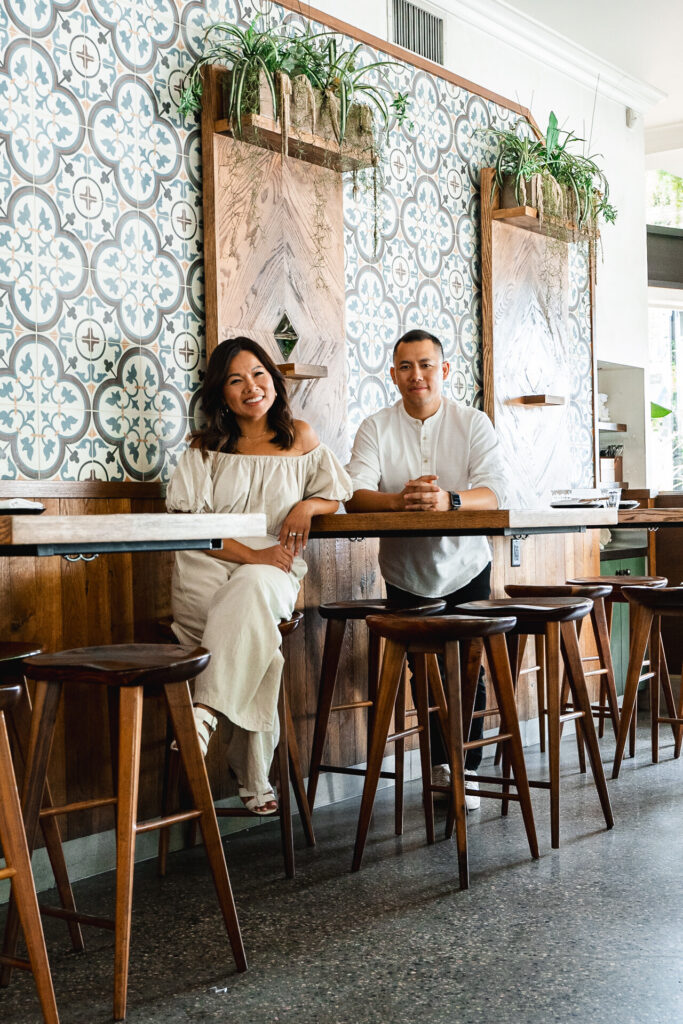
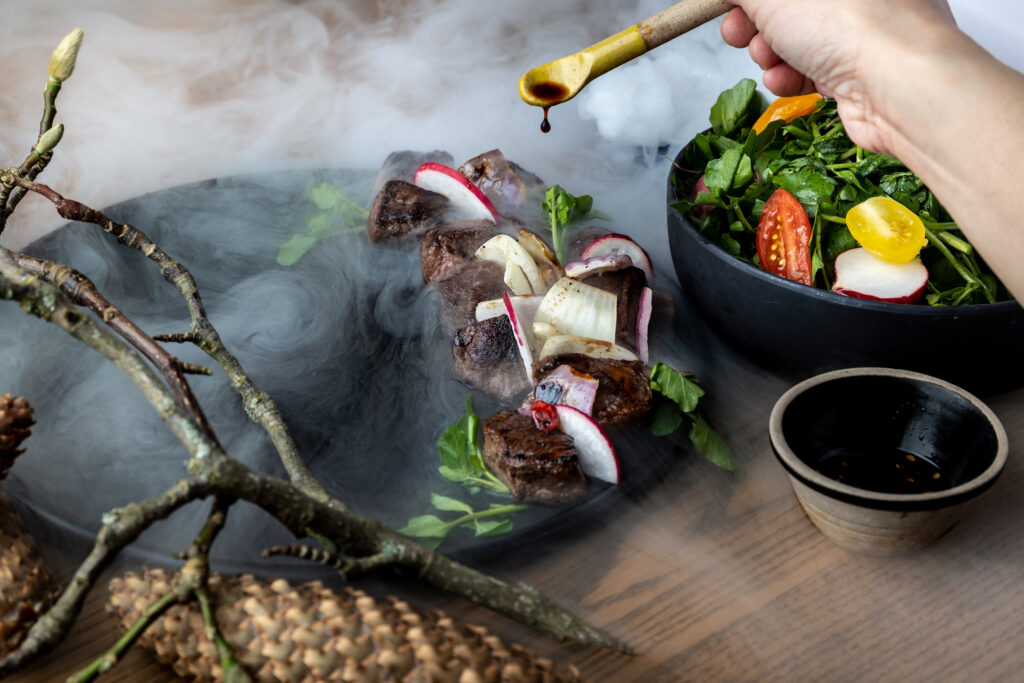
“I couldn’t afford shoes as a kid. We were refugees,” says Amelie Thuy Nguyên. “And we just won a community vote for best restaurant in Vancouver.”
For Nguyên, who runs Vancouver’s Anh and Chi with her brother and mother, there’s a long journey between those two statements—from her parents, newly arrived in early 1980s Canada, selling pho out of their home, to their recent award for Best Restaurant in Vancouver by the Georgia Straight, following last year’s Bib Gourmand from Michelin.
Nguyên’s grandparents ran a café in Saigon in the 1970s, where her mother helped out in the evenings and on weekends. In 1983, after immigrating to Canada, her parents began serving pho on the weekends out of their home in Vancouver, before opening a 30-seat restaurant, Pho Hoang, two years later. Her mother, Lý Thi Nguyên, the executive chef at Anh and Chi, still makes the bún riêu” (Grandma’s crab tomato soup) she learned at that Saigon café in the ’70s. But the family is serving their take on this traditional recipe in a space that’s anything but. Anh and Chi is known for elegant presentations of Vietnamese classics, served in a bright, modern space.
The family is obviously doing something right to be ranked as the city’s best restaurant. Yet, like Pastorin and other third-culture Canadian restaurateurs who are now serving the food they grew up eating their way, Nguyên serves disparate crowds: older members of the diaspora from her parents’ country, the Canadian-born descendants of those immigrants and a diverse clientele of Canadians who didn’t grow up eating their cuisine.
I grew up as Vietnamese. When we started Anh and Chi, I thought of myself as Vietnamese. Then I visited Vietnam and I realized I’m not Vietnamese. I’m Vietnamese-Canadian
Amelie Thuy Nguyên
Interestingly, despite her dedication to continuing the family’s heritage, Nguyên now feels less Vietnamese than when she began.
“I grew up as Vietnamese. When we started Anh and Chi, I thought of myself as Vietnamese. Then I visited Vietnam and I realized I’m not Vietnamese. I’m Vietnamese-Canadian.”
There is a portion of customers who will never acknowledge the legitimacy of anything that isn’t of, by and for the old country. It seems like part of the process for third-generation restaurateurs is to start by placing too much self-worth in the withheld approval of this audience.
Though the harsh comments from older Filipinos stung Pastorin, they were in the minority. And a friend’s advice to journal his feelings helped.
“There’s no way to please everyone,” he says. “But if you keep an open mind, work with the constructive criticism, the good will outweigh the bad.”
Braden Chong, head chef of Sunnys Chinese and Mimi Chinese in Toronto, argues that beyond cultural or generational divides, there are simply some people who will never see the value of food as an expression of creativity.
“My father likes to eat good food. But he doesn’t enjoy or see the value in restaurant food. His idea of food is not a form of entertainment. It’s sustenance. You eat food to live. Whereas I live to eat. We just have different perspectives and values associated with food.”
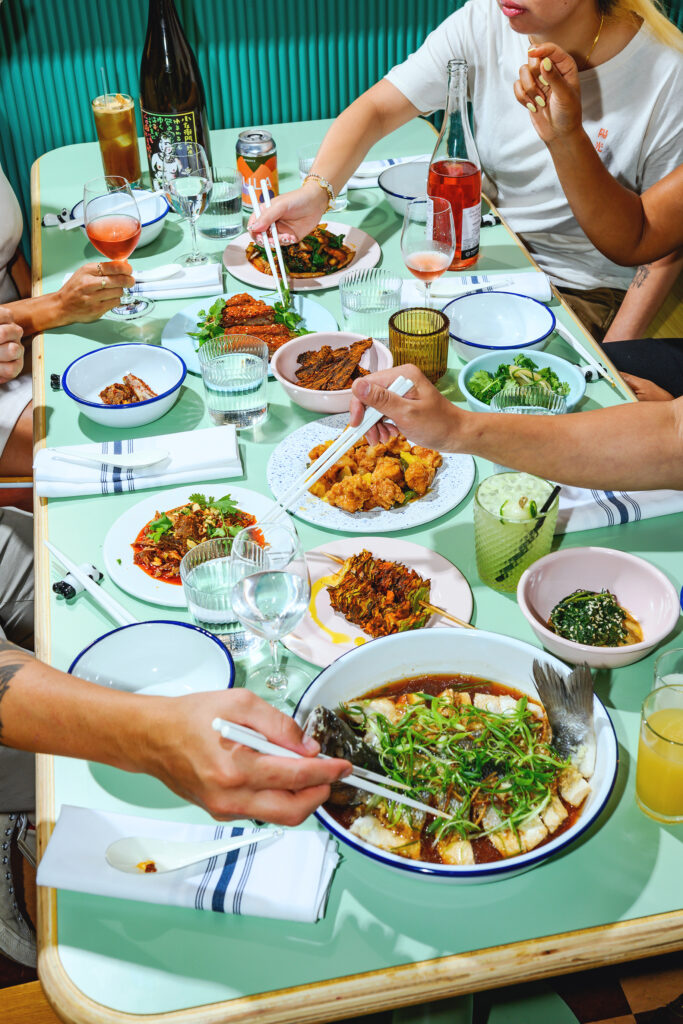
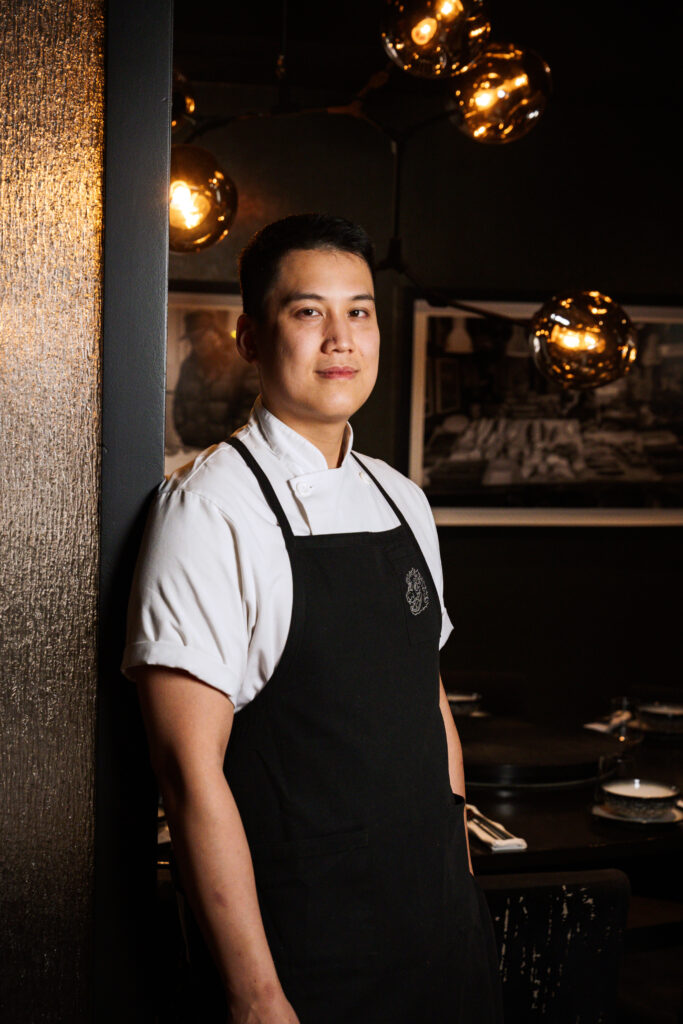
Chong’s culinary education and much of his career focused mostly on European cuisines. But an experience working at Sazenka in Tokyo brought him closer to Chinese cuisine and his grandparents’ immigrant struggle. Cooking in a Japanese/Chinese kitchen, speaking no Japanese, Mandarin or Cantonese, Chong got by mainly on Google Translate.
Get the
Three from 3
newsletter
Join our global community of sharp, curious thinkers to receive a carefully curated email of the three most important things to read, see and do this week.
Listen and learn.
Tune into Third Culture Leaders, a podcast hosted by our co-founder and publisher, Muraly Srinarayanathas.
Explore how leaders skillfully navigate multiple cultural landscapes, leveraging their diverse backgrounds to drive innovation and change.
“One of the biggest take-aways of moving to another country for work wasn’t so much about cooking and my career. It was learning to appreciate what my ancestors sacrificed to move from China to Canada. I didn’t understand or appreciate that until I moved to Japan—not speaking the language, running out of money. Obviously, I had it easier, with technology,” he says, acknowledging that he couldn’t have succeeded without his phone’s translation and map apps. “It was humbling. This would be exponentially harder 50 or 100 years ago.”
From a culinary perspective, the experience broadened Chong’s understanding of Chinese cuisine, which, growing in up Toronto, had meant Cantonese to him.
“Travelling made me realize how many different approaches and styles of Chinese food there are in the world. Because in China there’s the mapo tofu dish that originated from the Szechuan province, which is different from other parts of China. In Guangdong, in the south where my family is from, they’re not accustomed to spicy and numbing flavours, so their version of mapo tofu would be mild and saucy as opposed to spicy and oily.”
That’s something else these third-culture chefs and restaurateurs have in common—the zealousness of the recent convert. Tired of the European food they made for the first leg of their careers, they are now finding inspiration in the cuisines of their parents and grandparents. And with that enthusiasm comes the confidence to work past criticisms of how their food should be.
“People get hung up on authenticity,” says Chong. “But travel changed my perception on creating dishes because the regional ingredients or preferences usually affect how the dish is made. At first, it’s a bastardized version. But over time, it becomes its own dish. Which is really cool, seeing how cuisine can evolve.”
